Today we explore the details of digital art, how it’s defined, the types it can take, and why it can be helpful. We’ll also walk through a simple guide on how to create your own digital artwork.
Digital art was once a niche practice, but with art-generating tools becoming more refined, it has steadily reshaped the way people think about art. It’s much easier now for anyone to channel their creativity into digital forms. This has created a huge range of possibilities that earlier generations never could have imagined.
It doesn’t matter if you’re an established artist or someone just dipping a toe into the digital scene. A solid grasp of the digital medium can help you craft artwork that feels fresh and distinctive. We’ll unpack what digital art is, look at its different styles, and share a simple way to start making your own digital pieces.
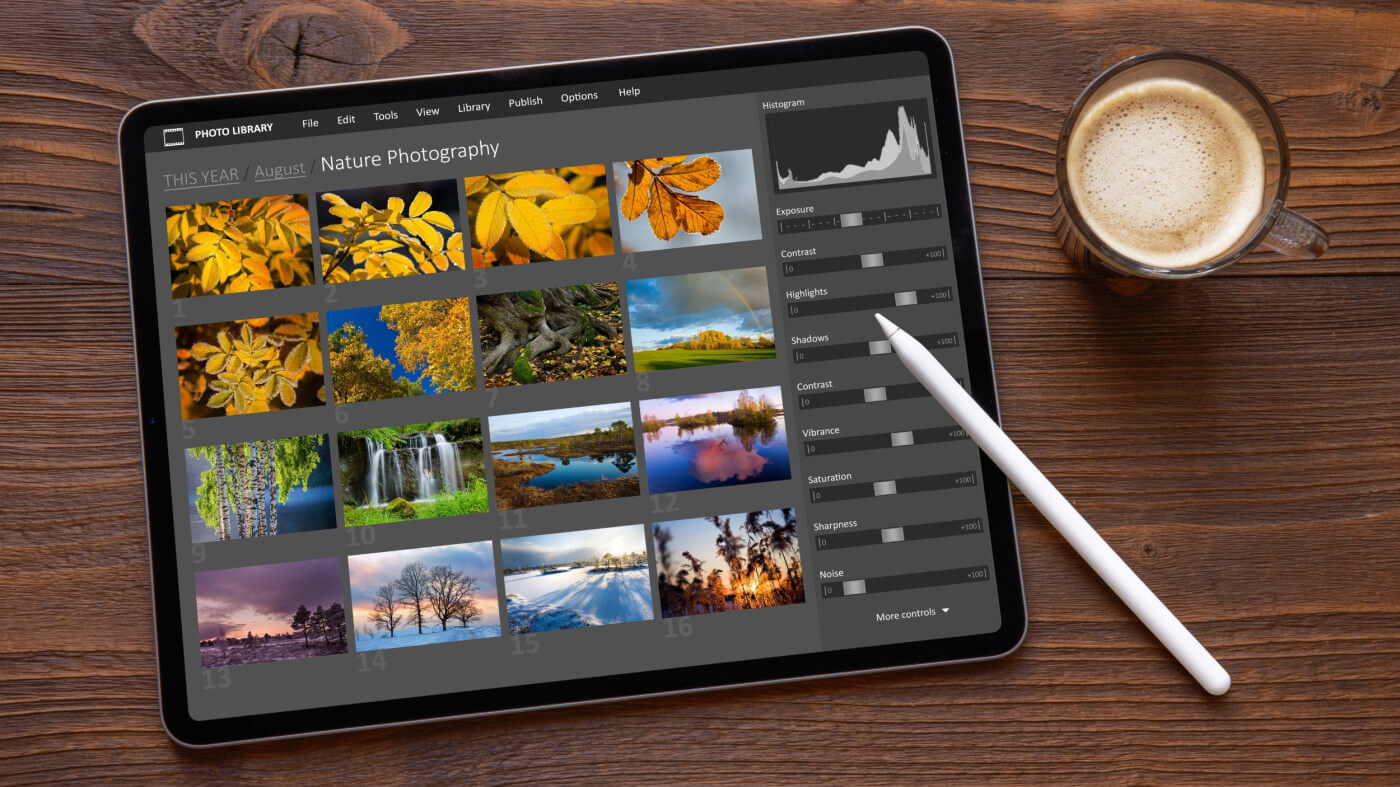
What is Digital Art?
Digital art is a modern form of expression that involves creating or displaying art through technological means, typically on computers, tablets, or other electronic devices. Compared to traditional art forms, digital art offers convenience and flexibility. Whether you’re a beginner or a professional, you can quickly bring your ideas to life with digital tools.
The story of digital art stretches back to the 1960s, when people first started using computers for creative experimentation. From that point forward, artists kept pushing boundaries, learning to use each new wave of technology in innovative ways. These efforts have steadily moved digital art into the spotlight. Now, it stands as an exciting realm that invites us to think differently about how we make and enjoy art.
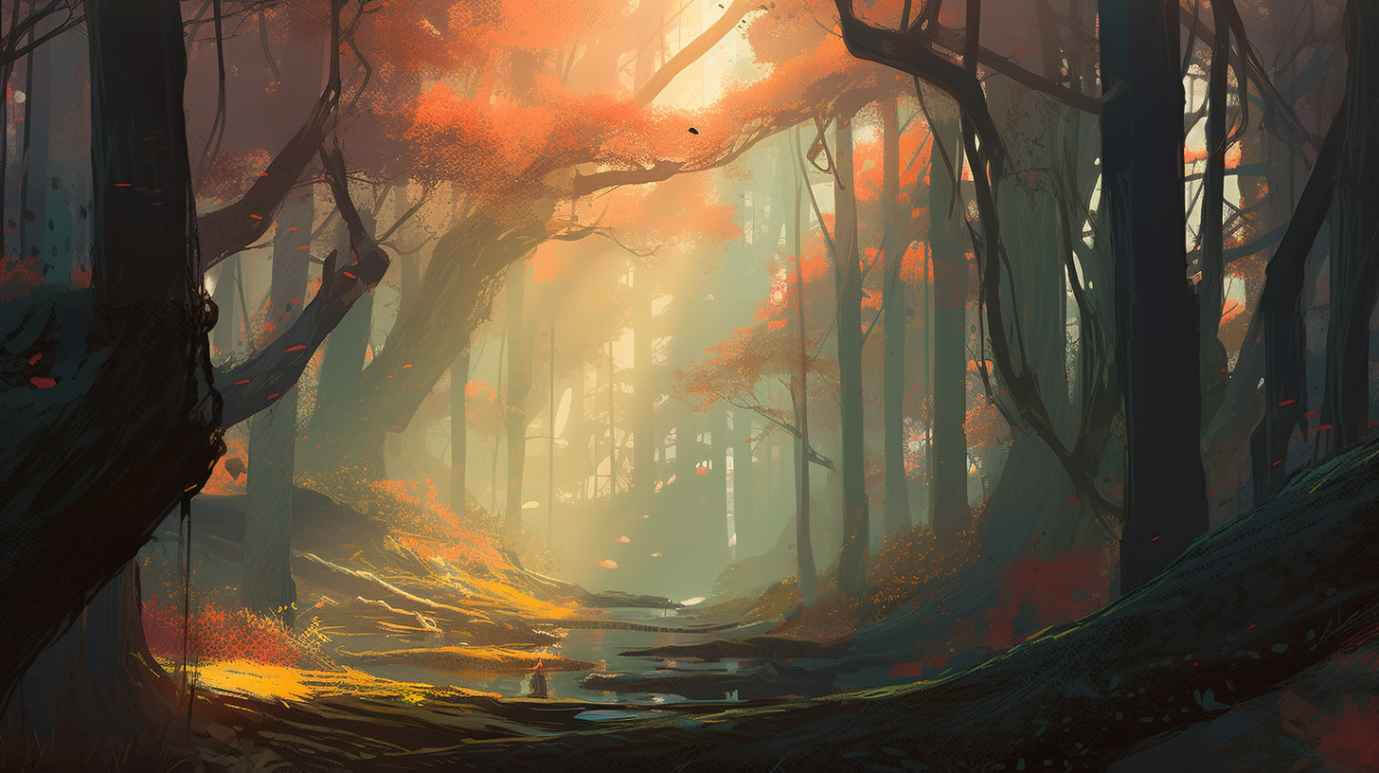
Is Digital Art Really Art?
Without a doubt, digital art is authentic art.
Yes, it absolutely is. Digital art is simply another way of creating. Instead of paints and brushes, digital art can involve software programs, drawing tablets, or even digital cameras. In essence, art remains about evoking emotion or sharing a message, regardless of whether it’s on a canvas or on a screen. The true value lies in the skill, creativity, and perspective the artist brings, and in how that artwork resonates with the viewer.
Forms of Digital Art
Digital art can take many forms, but here are some of the common ones:
- Digital Sketching and Drawing: Drawing in the digital realm involves swapping traditional paper sketchbooks for handy tablets. With the assistance of stylus pens specifically designed for tablet use, artists can recreate the experience of drawing on paper, including the ability to create distinct lines and shading effects.
- Digital Painting: Emerging as a prominent form of digital art, digital painting is birthed from the usage of specialized software. The features of this software, including various brushes, layers, and color palettes, are utilized to replicate the techniques of traditional painting. One significant advantage for digital painters lies in their ability to modify their artwork. The flexibility of adjusting layers, colors, and textures allows artists to experiment and innovate without fear of ruining their previously created components.
- Digital Photography: Digital photography captures art through the lens of a camera. The images captured may be altered or improved using different photo editing tools or software applications. Unlike traditional photography, digital photography employs a sensor to record images, which are stored in digital format. This new approach to capturing, storing, and sharing images has popularized digital photography significantly.
- Animation: Animation stands as arguably the most transformative facet of digital art. It brings static or unreal scenes to life, creating a sense of motion or movement through sequences of images or frames. Coupling these visuals with sound and music results in a remarkably lifelike effect. Given its captivating nature, animation has found application across various sectors, including news, entertainment, and advertising.
- Pixel Art: Pixel art, another widespread form of digital art, utilizes minuscule, individual pixels to construct images. Owing to its distinct appearance, pixel art is a staple in video games, notably in games like Minecraft. Moreover, pixel art can be employed to generate retro and nostalgic artwork, as it typically requires a limited color palette.
- AI Art: AI art, or artificial intelligence art, represents a groundbreaking frontier in the digital art landscape. It leverages the capabilities of machine learning algorithms to generate unique and often unpredictable pieces of art. These AI-driven systems are trained using vast databases of existing artworks, enabling them to learn various art styles, patterns, and techniques. The resultant artwork is a confluence of human creativity and technological sophistication, producing pieces that often blur the boundary between human-made and machine-made art, pushing the envelope of what is possible in the realm of artistic expression.
Read our article on generating sticker designs using AI.
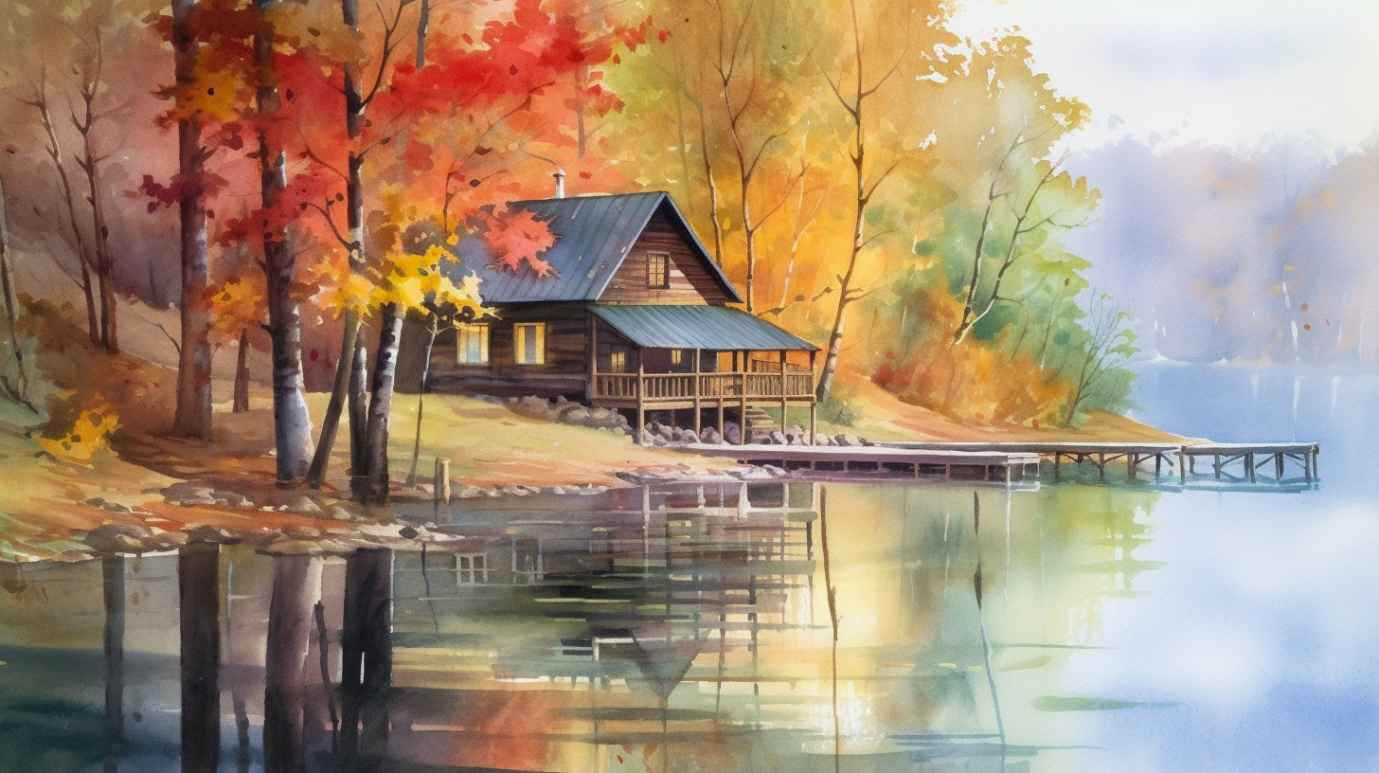
Advantages of Digital Art
Digital art enjoys growing popularity due to its many benefits:
Adaptability
Artists can revise, tweak, and rebuild their work without damaging what they already have. This encourages experimentation and discovery.
Availability
Many tools and resources for digital art are easily accessible. This opens the door to anyone who wants to explore art without needing expensive supplies.
Efficiency
Digital art can speed up the creation process. Tools like auto-fill and layering reduce the time spent on repetitive tasks, helping artists finish projects faster.
Empowering Digital Art Creation with Cutting-Edge Tools and Platforms
Digital art has experienced a renaissance thanks to the advent of powerful tools and platforms that enhance artistic expression. Prominent among these are software applications like Photoshop, Illustrator, and innovative AI tools like Midjourney, each offering unique capabilities to aid in the development and creation of digital art.
Photoshop: A trusted favorite in the industry, Photoshop is known for its robust image editing features. It allows you to adjust colors, layer images together, and apply effects with precision.
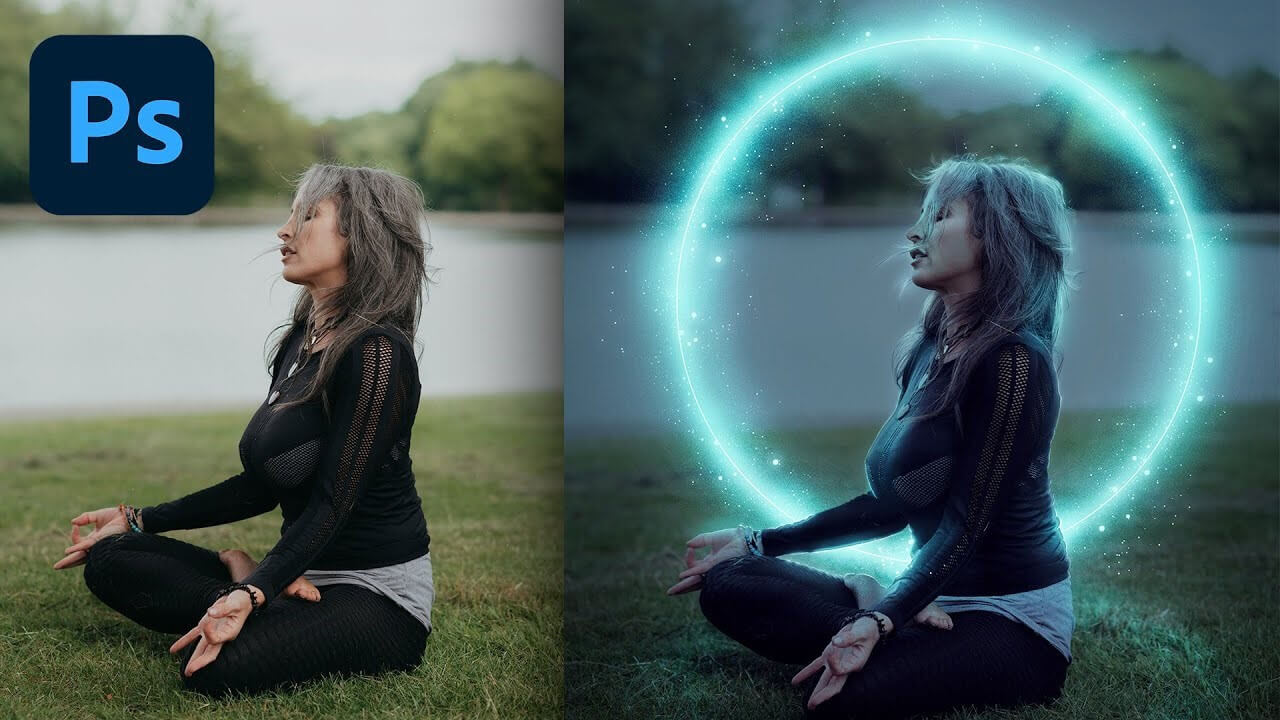
Illustrator: This vector-based software is excellent for creating scalable illustrations and logos. Vector graphics can be resized without losing quality, making Illustrator a go-to for high-resolution artwork.
AI Tools like Midjourney: AI-based tools can automate parts of the creative process, from generating concept art to suggesting new ideas based on existing pieces. They expand what’s possible and can spark directions you might not have considered on your own.
Procreate: Designed for iPad, Procreate offers a strong set of brushes, layers, and other painting features. Many artists prefer it for its natural drawing feel and portability.
Clip Studio Paint: Popular for digital illustration and comics, Clip Studio Paint includes advanced inking and coloring features, plus tools for creating comic panels.
Krita: Krita is open-source, making it free to use. It provides a decent set of brushes, a straightforward interface, and flexible customization options.
Autodesk Sketchbook: Available on various platforms, Sketchbook has a comprehensive brush library and simple layout. It’s handy for quick sketches and more finished artwork alike.
Canva: While it’s widely used for graphic design templates, Canva also serves as a helpful tool for digital artists who like an easy, web-based platform.
Step-by-Step Guide to Creating Digital Art
Below is a straightforward roadmap for turning your idea into a finished digital piece:
Gather Ideas and References
Begin with a clear concept. Maybe you jot down keywords or make rough sketches. Look for reference images or color palettes that match the tone you want. You could find inspiration on sites like Pinterest or DeviantArt.Select the Right Tools
Decide on hardware. A graphics tablet or an iPad with a stylus can replicate a more natural drawing experience. Then pick software that fits your budget or skill level. Programs range from Krita (free) to Procreate, Photoshop, or Illustrator.Sketch an Outline
Start with a rough shape or figure. Don’t get too bogged down in details yet. If your software supports layers, use a separate layer to refine lines. Aim for a decent composition and make sure proportions look right.Block in Colors
Lay down large sections of color to define your overall palette. Keep important elements on different layers—such as background, foreground, and individual characters or objects—so you can adjust them later without fuss.Add Shading and Highlights
Figure out where your light source is. Put highlights where the light hits and shadows where it doesn’t. Play around with different brushes or blending modes to add texture and depth.Refine and Polish
Zoom in to refine details like facial features or subtle textures. Zoom out to see if the overall composition feels balanced. Use adjustment layers or tools like Liquify to fix any lingering issues.Save and Share
Export your final artwork in a file format that suits your needs (PNG for high quality, JPG for smaller file sizes). Then share it with friends, post it on social media, or print it out—whatever makes sense for you.
Turning Your Digital Art into Stickers
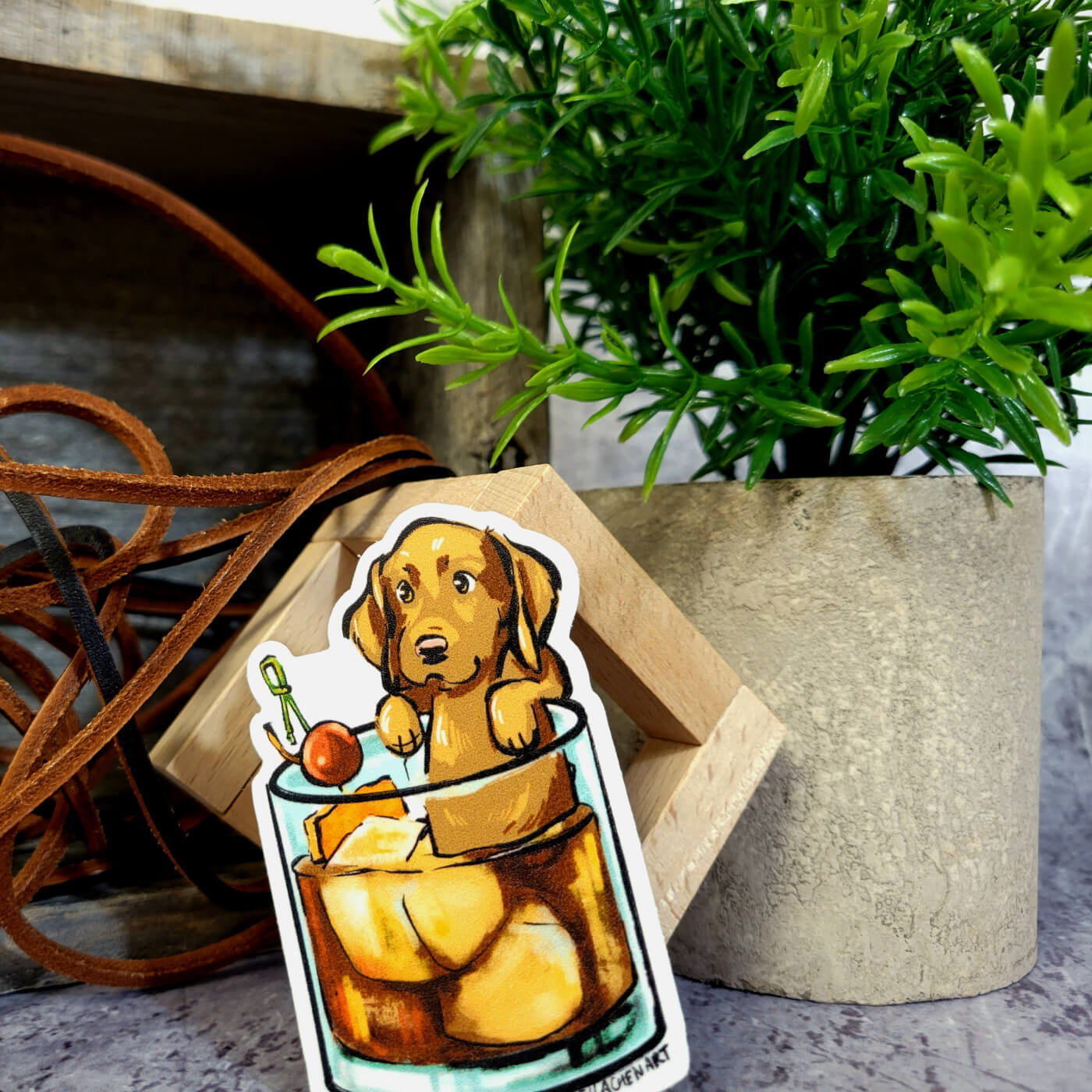
At CustomStickers, we take pride in our ability to turn your digital artwork into fantastic custom vinyl stickers. We understand the importance of bringing your creations to life and adding a personal touch to your belongings. That's why we offer an easy-to-use online platform that caters to artists, small business owners, and individuals alike.
You can upload your artwork, pick a size and shape, and place an order for however many stickers you want. Our modern printing technology ensures crisp colors and sharp details. Whether you want to share your creations with friends, promote a small business, or personalize your belongings, stickers can be a nice way to showcase your art.
Custom Vinyl Stickers

$28.99
Description Vinyl Stickers | Quality Vinyl Stickers By default we will die cut your vinyl stickers to the shape of your design. However, please add a note at checkout or request proofs if you would like standard shapes such as circles or… read more
Conclusion
Digital art has changed the way we create and appreciate artwork. It merges creativity and technology, giving artists from all backgrounds a chance to explore new techniques. We looked at different forms of digital art—like painting, photography, animation, and pixel art—and we also covered why digital art has become so popular.
Thanks to modern tools such as Photoshop, Illustrator, and AI-based platforms, digital art can be more accessible than ever. You can sketch out simple shapes, play with colors and lighting, and polish your final piece in ways that would be hard to do with traditional mediums. If you’re curious, take advantage of these tools and get started. Digital art can be a fun journey, one that keeps evolving with each new technological leap—and there’s always room for more art.






